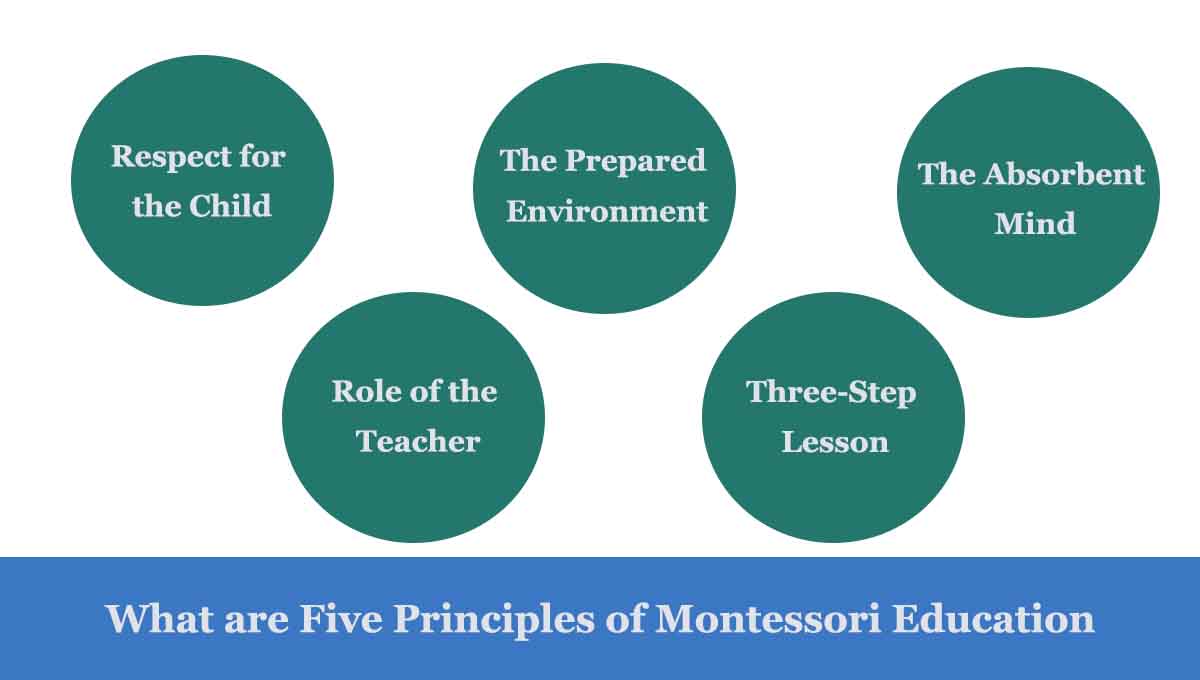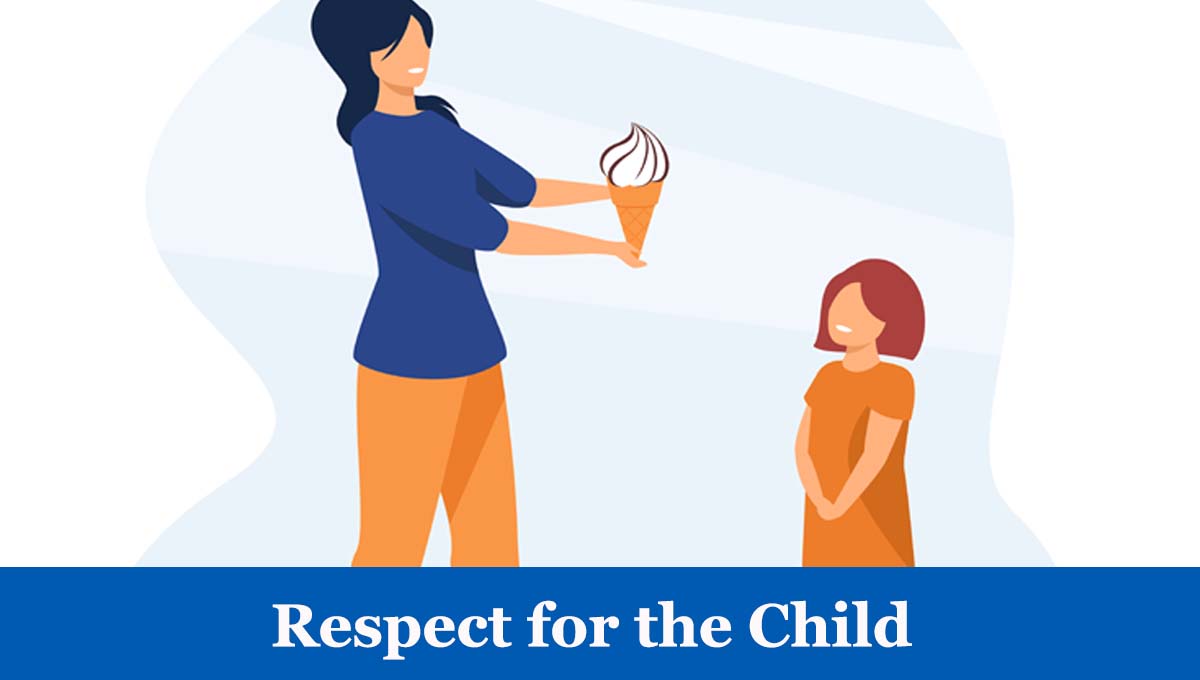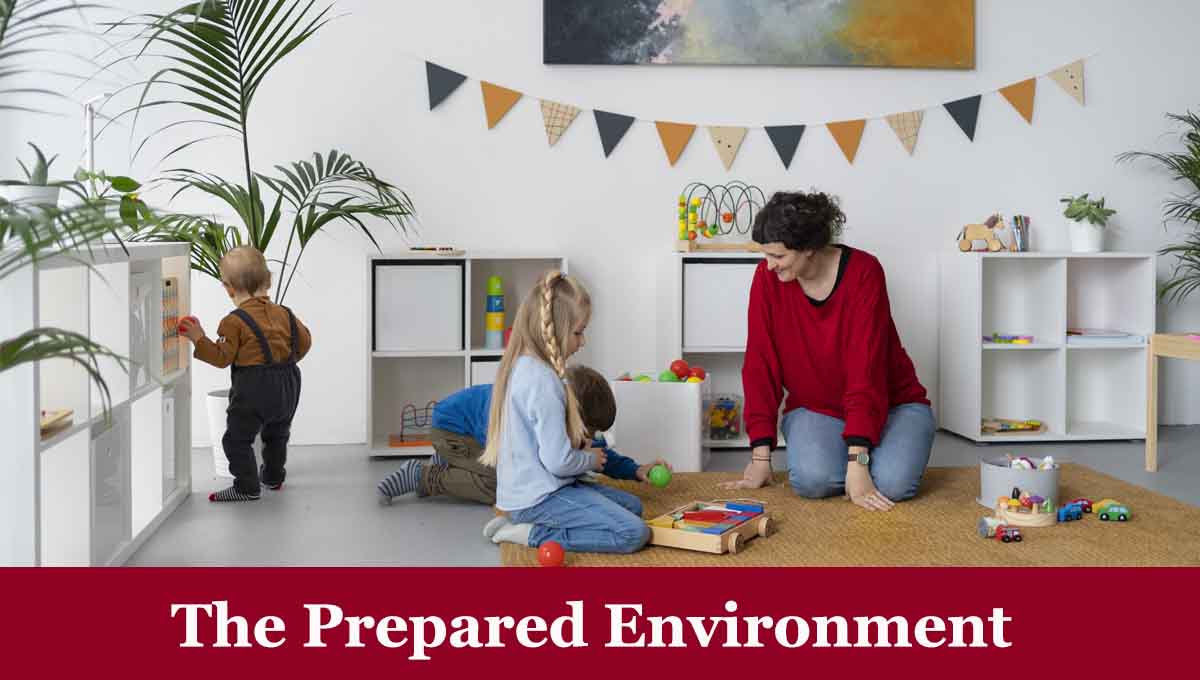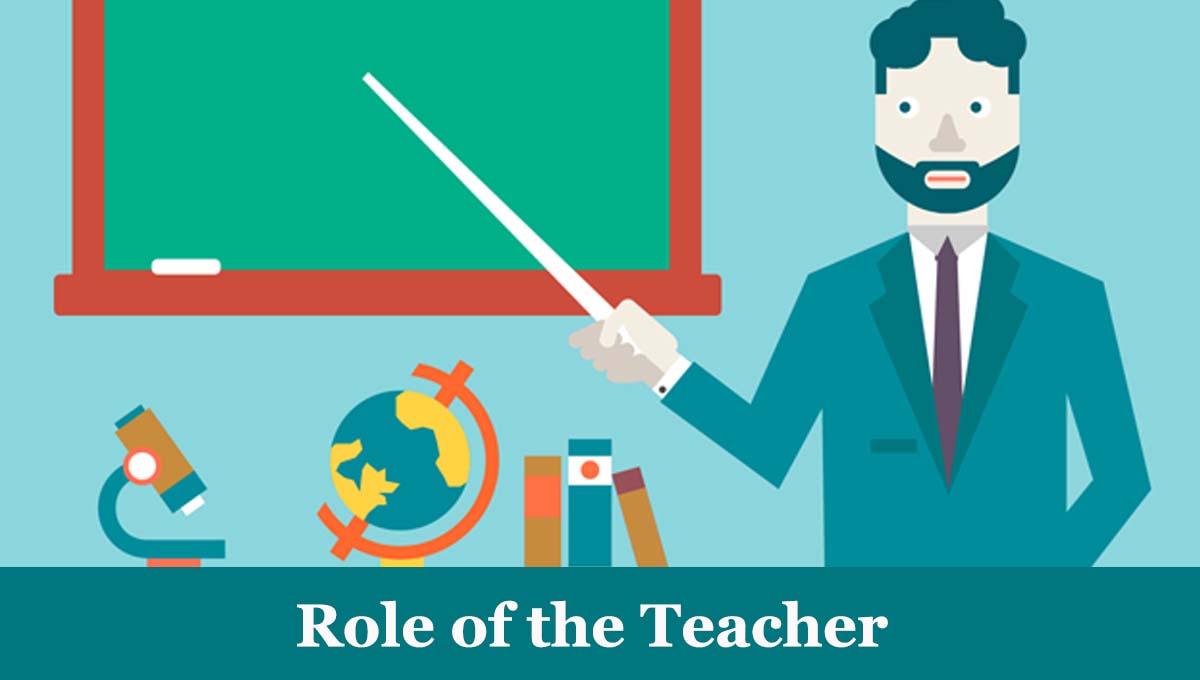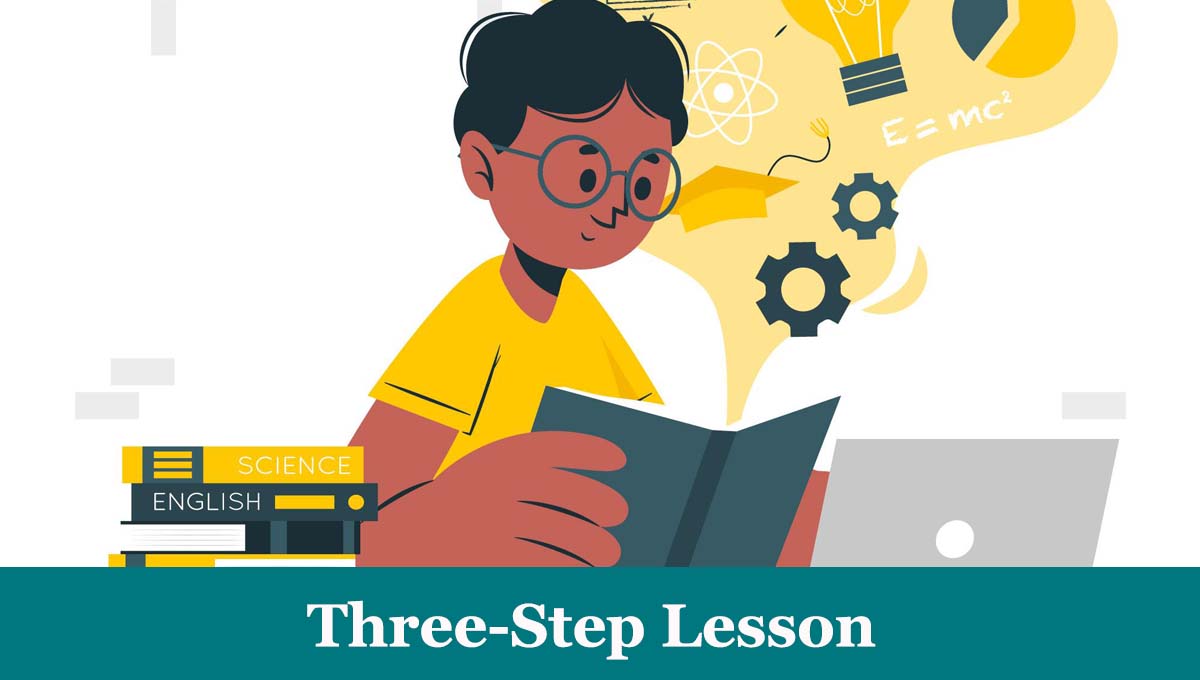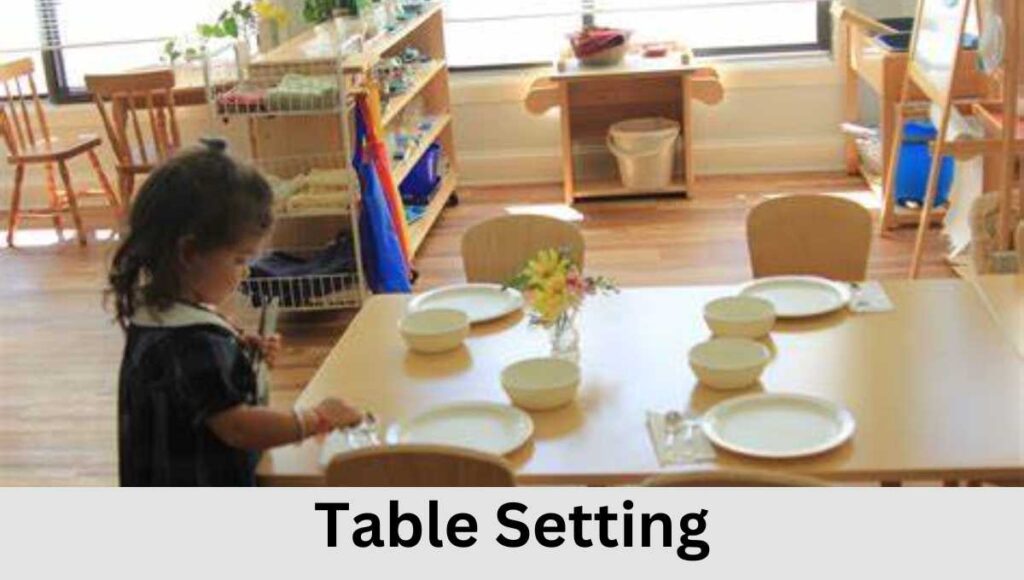Five Montessori Education Principles are following:
The five Montessori Education Principles are necessary because they work together to create a comprehensive approach to education that is focused on the child’s development and individuality. Each Montessori Education Principle is important in its own right, but when combined, they form a powerful approach to learning that is designed to meet the needs of the whole child.
Respect for the Child
Respect for the child is essential because it acknowledges the child’s unique perspective and needs. When children feel respected and valued, they are more likely to engage in the learning process and develop a sense of confidence and self-worth.
As such, Montessori teachers treat children with respect and dignity, and view them as active participants in their own education. They create a safe and nurturing environment that encourages children to explore, experiment, and make choices.
Here are a few examples of how the principle of respect for the child is applied in the Montessori Method:
Choice and Autonomy
Children are encouraged to make choices and decisions for themselves. For example, in a Montessori classroom, children may be given the choice of which materials to work with, or which activity to engage in. By giving children a sense of control over their own learning, they feel empowered and motivated to learn.
Pace of Learning
Montessori teachers recognize that each child learns at their own pace, and that some children may need more time to master a skill or concept than others. Respect for the child means allowing each child to learn at their own pace, without pressure or criticism.
Non-Judgmental Feedback
Montessori teachers provide feedback to children in a non-judgmental way, focusing on the child’s efforts rather than their successes or failures. For example, a teacher may say “I see you are working very hard on that puzzle” rather than “Good job, you completed the puzzle!” By focusing on the child’s efforts, rather than the outcome, the child feels valued and respected for their hard work and persistence.
Emotional Support
Montessori teachers provide emotional support to children by acknowledging their feelings and emotions. For example, if a child is feeling sad or upset, the teacher may listen attentively, offer comfort and support, and help the child find a way to express and manage their emotions in a healthy way.
The Prepared Environment
The prepared environment is crucial because it provides a safe, nurturing, and engaging space for children to explore and learn. It is carefully designed to promote independence, creativity, and a sense of order, which are important for a child’s overall development.
Montessori classrooms are carefully designed to meet the needs of the child. Each material is presented in a clear and simple way, and children are encouraged to work with them independently.
Here are a few examples of how the principle of the prepared environment is applied in the Montessori Method:
Materials and Tools
Montessori classrooms are filled with carefully selected and arranged materials and tools that are designed to promote exploration, discovery, and independent learning. These materials are often made of natural materials, such as wood and metal, and are arranged on low shelves so that children can easily access and use them. For example, a classroom might have a set of wooden blocks in different shapes and sizes, which children can use to build structures and develop their spatial awareness.
Order and Structure
Montessori classrooms are designed to be orderly and structured, with a designated place for each material and activity. This helps children develop a sense of order and routine, and allows them to focus on their learning without distraction. For example, a classroom might have a designated area for reading, with a comfortable chair, a bookshelf, and a reading lamp.
Freedom of Movement
Montessori classrooms allow children to move freely and explore their environment, without feeling confined or restricted. This is achieved by providing a spacious and open environment, with plenty of room for children to move and play. For example, a classroom might have a designated area for gross motor activities, such as climbing, jumping, and running.
Nature and the Outdoors
Montessori classrooms often incorporate nature and the outdoors into the learning environment, recognizing the importance of connecting children with the natural world. This might include a garden area, a nature table, or a window with a view of the outdoors. For example, a classroom might have a terrarium with live plants and animals, which children can observe and care for.
The Absorbent Mind
The absorbent mind recognizes that young children have a natural ability to learn and absorb information from their environment. By providing children with a variety of sensory experiences and hands-on activities, the Montessori Method takes advantage of this ability and fosters a love of learning. Montessori teachers take advantage of this “absorbent mind” by exposing children to a wide variety of sensory experiences, and by providing them with hands-on activities that allow them to explore and learn through their senses.
Here are a few examples of how the principle of the Absorbent Mind is applied in the Montessori Method:
Sensitive Periods
Montessori teachers recognize that children go through different sensitive periods during their development, when they are particularly receptive to certain types of learning experiences. For example, during the sensitive period for language, children are highly motivated to learn new words and to communicate with others. During this time, a Montessori teacher might provide opportunities for children to engage in activities that promote language development, such as reading books, singing songs, and playing language games.
Self-Directed Learning
Montessori classrooms are designed to allow children to engage in self-directed learning, where they are free to choose their own activities and follow their own interests. This approach recognizes that children have a natural curiosity and motivation to learn, and that they are most likely to absorb information when they are engaged in activities that are meaningful and relevant to them.
Hands-On Learning
Montessori classrooms emphasize hands-on learning, where children are encouraged to use all of their senses to explore and interact with their environment. This approach recognizes that children learn best when they are actively engaged in the learning process, and when they are allowed to manipulate and experiment with materials in a hands-on way.
The Role of the Teacher
The role of the teacher is important because it shifts from being a traditional authority figure to a guide and facilitator. Montessori teachers observe each child closely and provide individualized instruction and support, which helps to build a strong relationship between the child and the teacher. They provide guidance and support, but also encourage independence and self-directed learning.
Here are a few examples of how the principle of the Role of the Teacher is applied in the Montessori Method:
Observation
Montessori teachers spend a lot of time observing children, both individually and in groups, to gain insight into their learning styles, interests, and needs. Through observation, teachers can identify areas where children may need additional support or encouragement, and can adjust their teaching strategies accordingly.
Individualized Instruction
Montessori teachers recognize that each child is unique and has their own learning style, pace, and interests. Therefore, they provide individualized instruction that is tailored to each child’s needs and abilities. For example, a Montessori teacher might provide a child who is struggling with math concepts with additional materials and activities that reinforce those concepts in a way that is meaningful and engaging.
Facilitation
Montessori teachers act as facilitators, guiding children through the learning process and providing support and encouragement along the way. Rather than telling children what to do or how to do it, teachers ask open-ended questions, offer suggestions, and provide feedback that helps children develop their problem-solving and critical thinking skills.
Creating a Nurturing Environment
Montessori teachers recognize the importance of creating a nurturing and supportive learning environment that promotes children’s emotional and social development, as well as their academic growth. For example, a teacher might create a classroom culture that emphasizes kindness, respect, and empathy, and provides opportunities for children to work collaboratively and develop their social skills.
The Three-Step Lesson
The three-step lesson is an effective teaching technique that is used to introduce new concepts and skills. It is a structured approach that encourages children to learn at their own pace, and helps to build their confidence and understanding.
- The first step is to present the material to the child in a clear and concise way.
- The second step is to allow the child to work with the material independently, with minimal guidance.
- The third step is to encourage the child to explain the material to the teacher or to another child, demonstrating their understanding.
- Introduction: The first step is to introduce the new concept or skill to the child. This is done by presenting the material in a clear and concise manner, using simple language and concrete examples that are easy for the child to understand. For example, if the lesson is about addition, the teacher might present two objects and explain that when you put them together, you get a new total.
- Association: The second step is to help the child associate the new concept or skill with something they already know. This is done by asking the child to make connections between the new material and their existing knowledge or experience. For example, the teacher might ask the child to think about how addition is similar to putting to gather pieces of a puzzle.
- Practice: The third step is to give the child an opportunity to practice the new concept or skill on their own. This is done by providing materials and activities that allow the child to apply what they have learned in a hands-on way. For example, the teacher might provide blocks or other objects for the child to use to practice addition, or they might provide a worksheet with addition problems for the child to solve.
Conclusion
In summary, Montessori Method is to provide a holistic approach to education that promotes the development of the whole child, and prepares them for a lifetime of learning and personal growth. The five Montessori Education Principles are necessary because they work together to create an approach to learning that is focused on the child’s development and individuality. They provide a framework for creating a safe, nurturing, and engaging learning environment that fosters independence, creativity, and a love of learning.
Benefits of Montessori Education Principles related to meals
Social Interaction
- Create a positive and social atmosphere during meals, promoting conversation and interaction.
- Use mealtime as an opportunity for storytelling or discussing the day’s events.
- Encourage active listening and turn-taking in conversations.
Table Setting
- Teach children how to set the table, emphasizing the order of utensils and placement of dishes.
- Use child-sized plates, bowls, utensils, and cups to encourage self-service.
- Include a variety of textures, colors, and shapes in the tableware.
Family-Style Dining
- Serve meals family-style, with dishes placed in the center of the table for children to serve themselves.
- Use communal serving bowls and platters, fostering a sense of sharing and community.
- Model and encourage polite dining etiquette, such as saying “please” and “thank you.“
Cultural Exploration
- Introduce children to foods from different cultures, expanding their culinary experiences.
- Share stories or information about the cultural significance of certain dishes.
Family Bonding
- Montessori meals create opportunities for family bonding and shared experiences, reinforcing a sense of belonging and connection within the family unit.
Positive Attitude Towards Food
- Montessori meals focus on creating a positive and enjoyable atmosphere around food, reducing stress and anxiety related to mealtime.
Life Skills Growth
- Kids learn important everyday skills like pouring, scooping, and cleaning as they help with mealtime tasks. This not only makes mealtime easier but also helps them become more capable in different areas of life.
Brainpower Boost
- Talking about food, where it comes from, and why it’s important in different cultures helps kids’ brains grow. It’s like a fun way of learning about the world around them.
Being Social and Polite
- Eating together as a family and sharing meals helps children develop social skills. They learn how to talk with others, share, and use good manners while eating. It’s like a practice for being polite and friendly.
Taking Charge
- Kids become responsible for their own meals, from setting the table to cleaning up afterward. This helps them feel accountable for their actions and builds a sense of responsibility.
Understanding Different Cultures
- Trying foods from various places exposes kids to different cultures. It’s like taking a little trip around the world through their meals, making them more aware and appreciative of the diversity in global cuisine.
You can also enhance your knowledge by exploring following related links:
How do Practical Life activities contribute to Montessori education?
